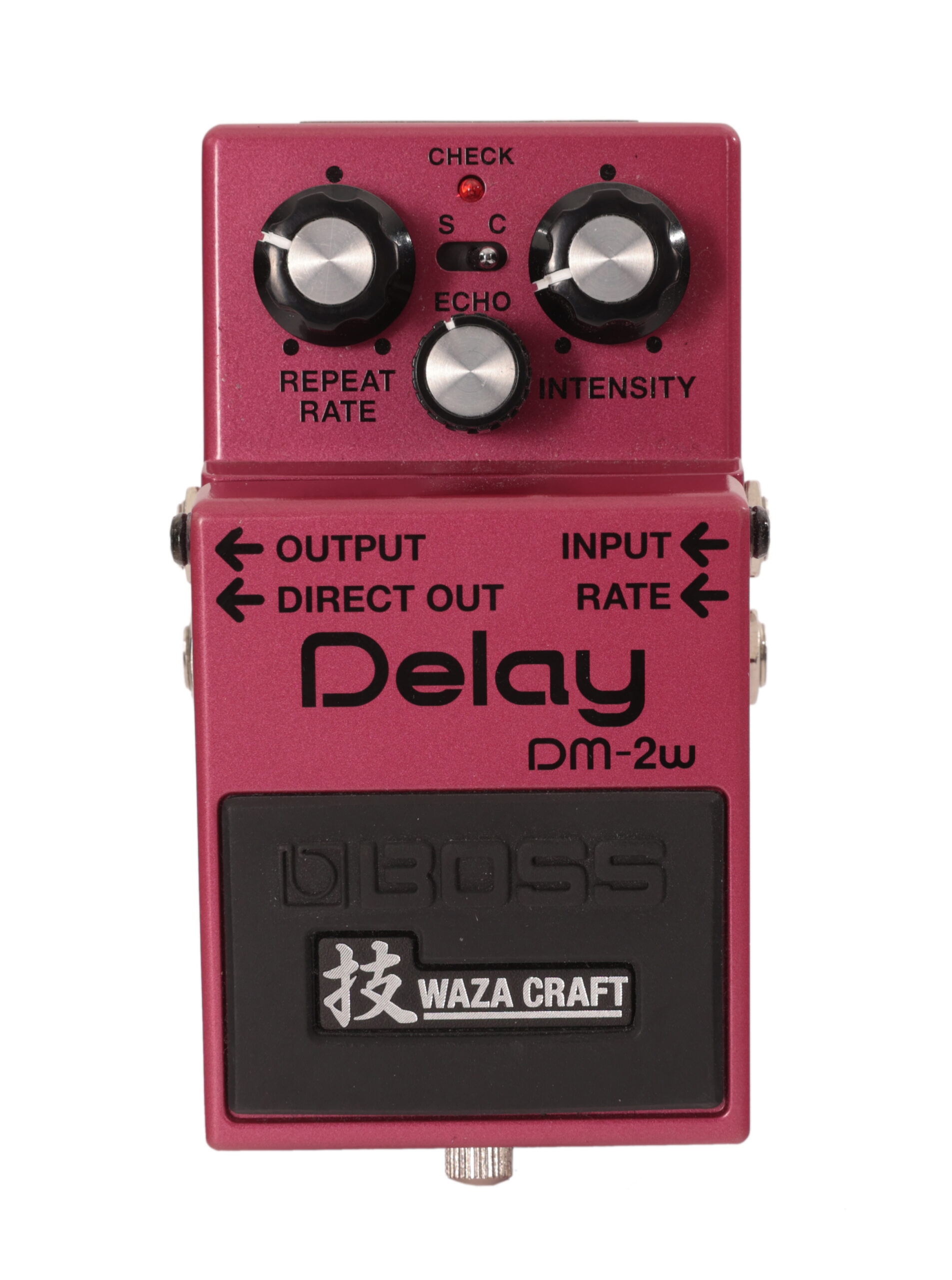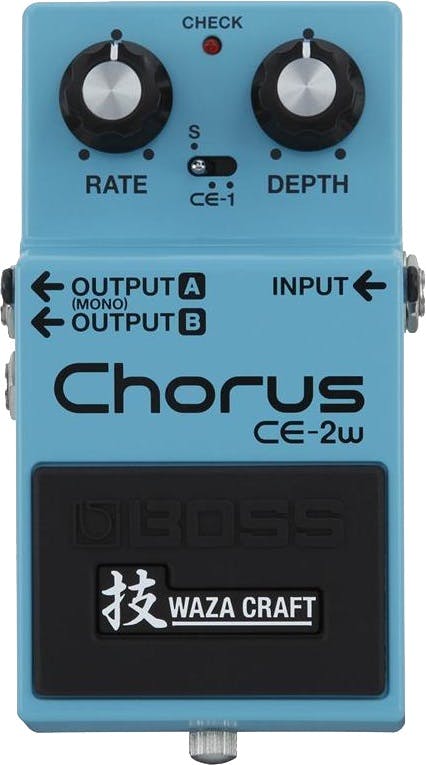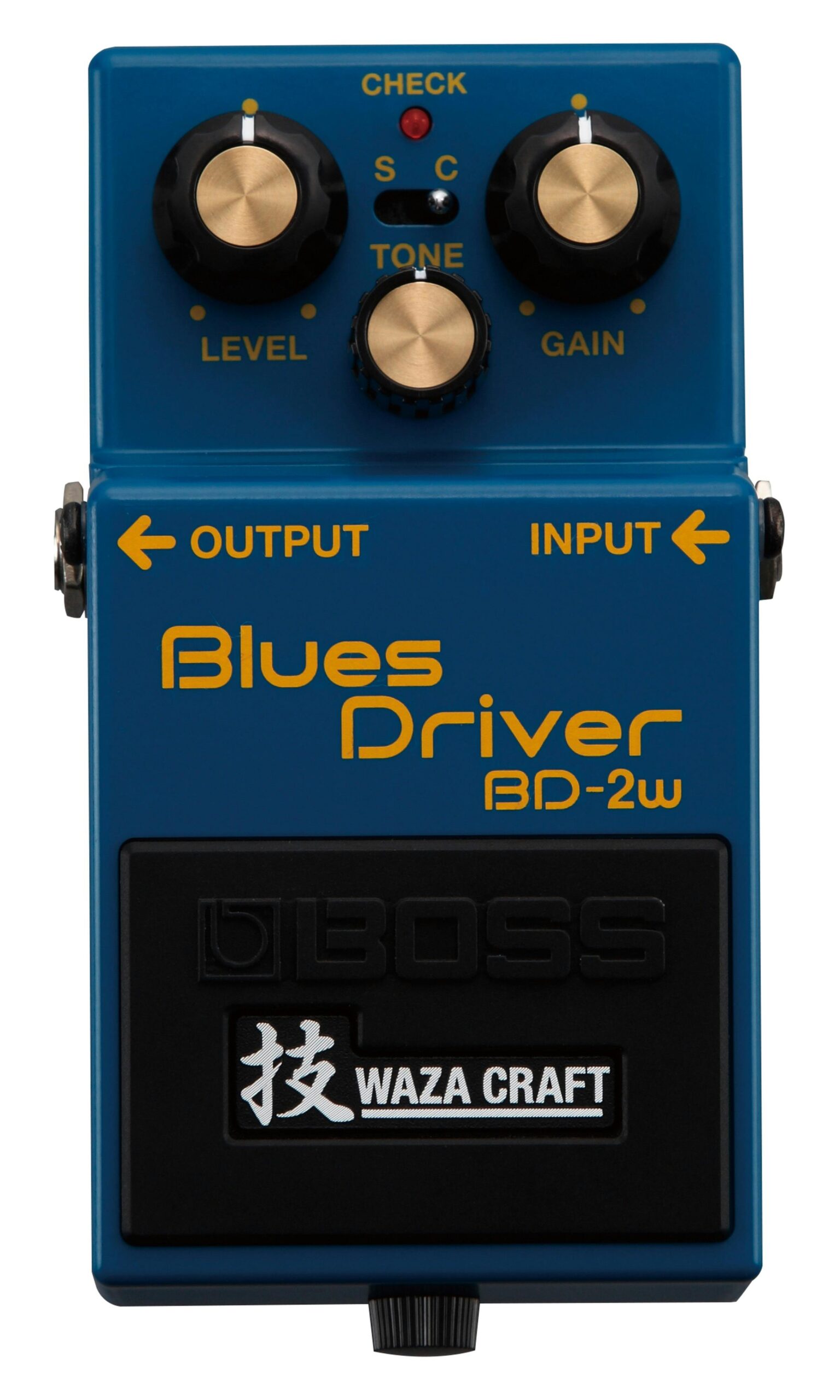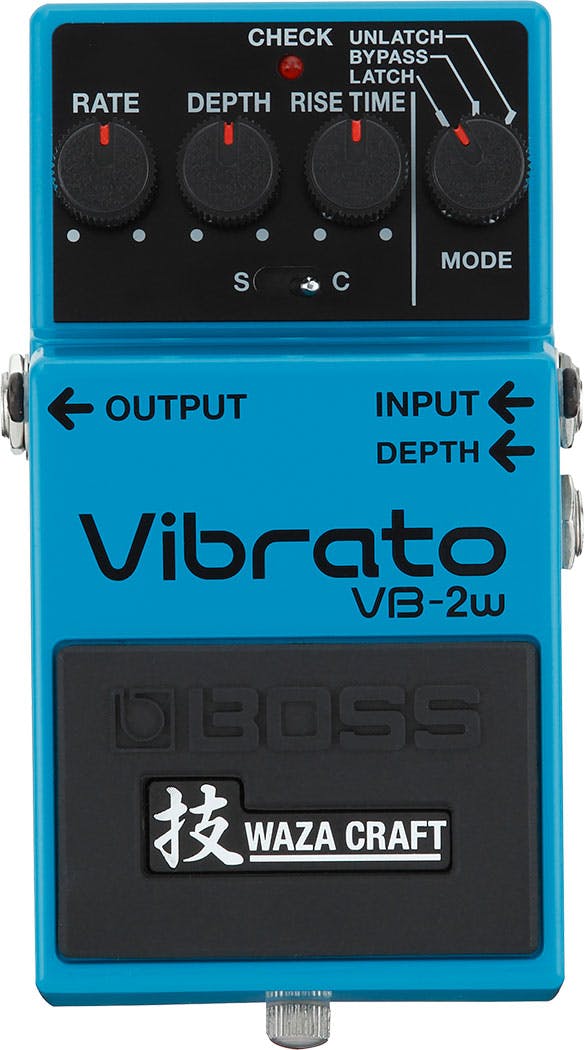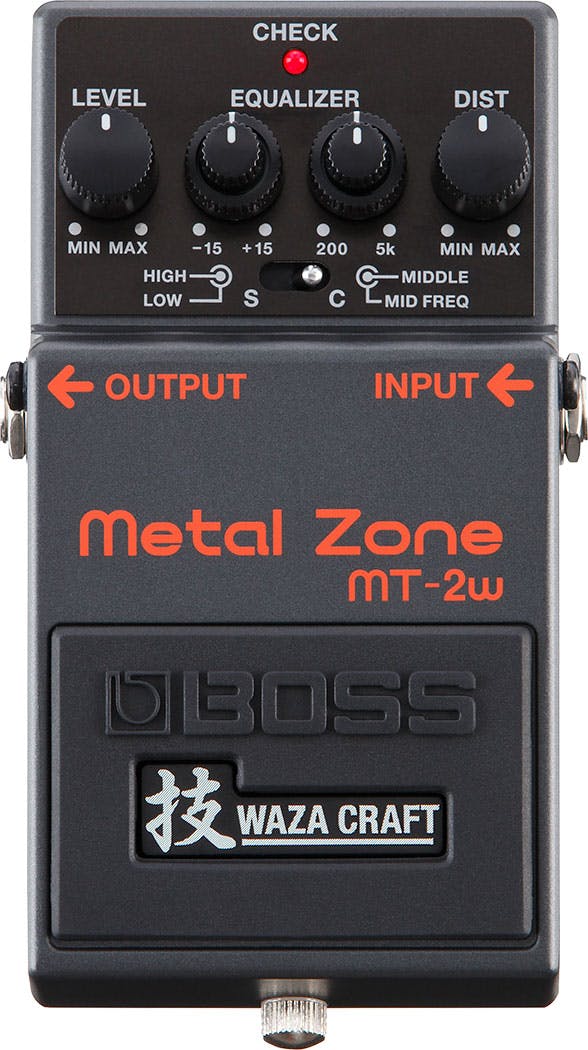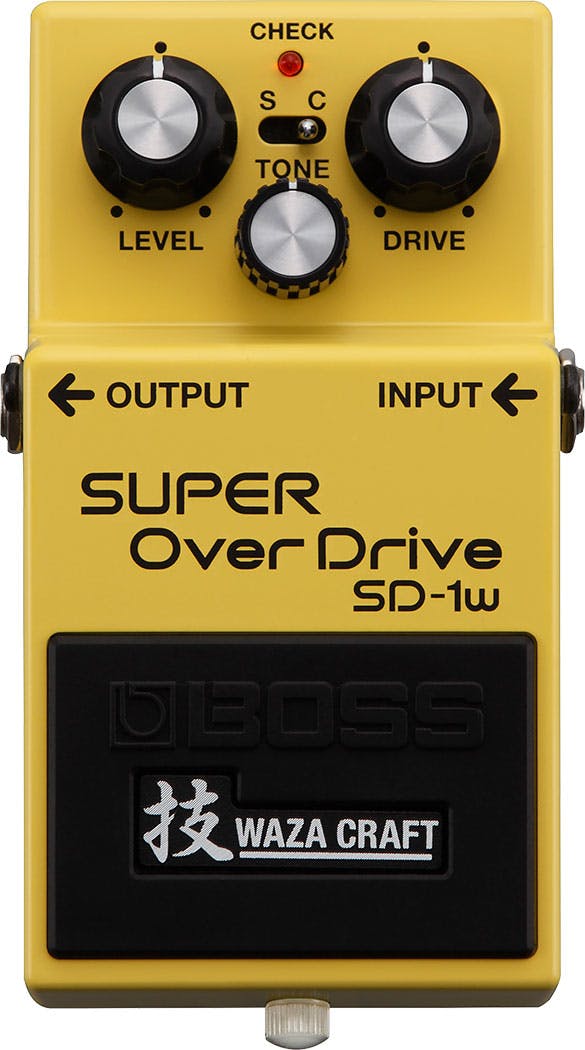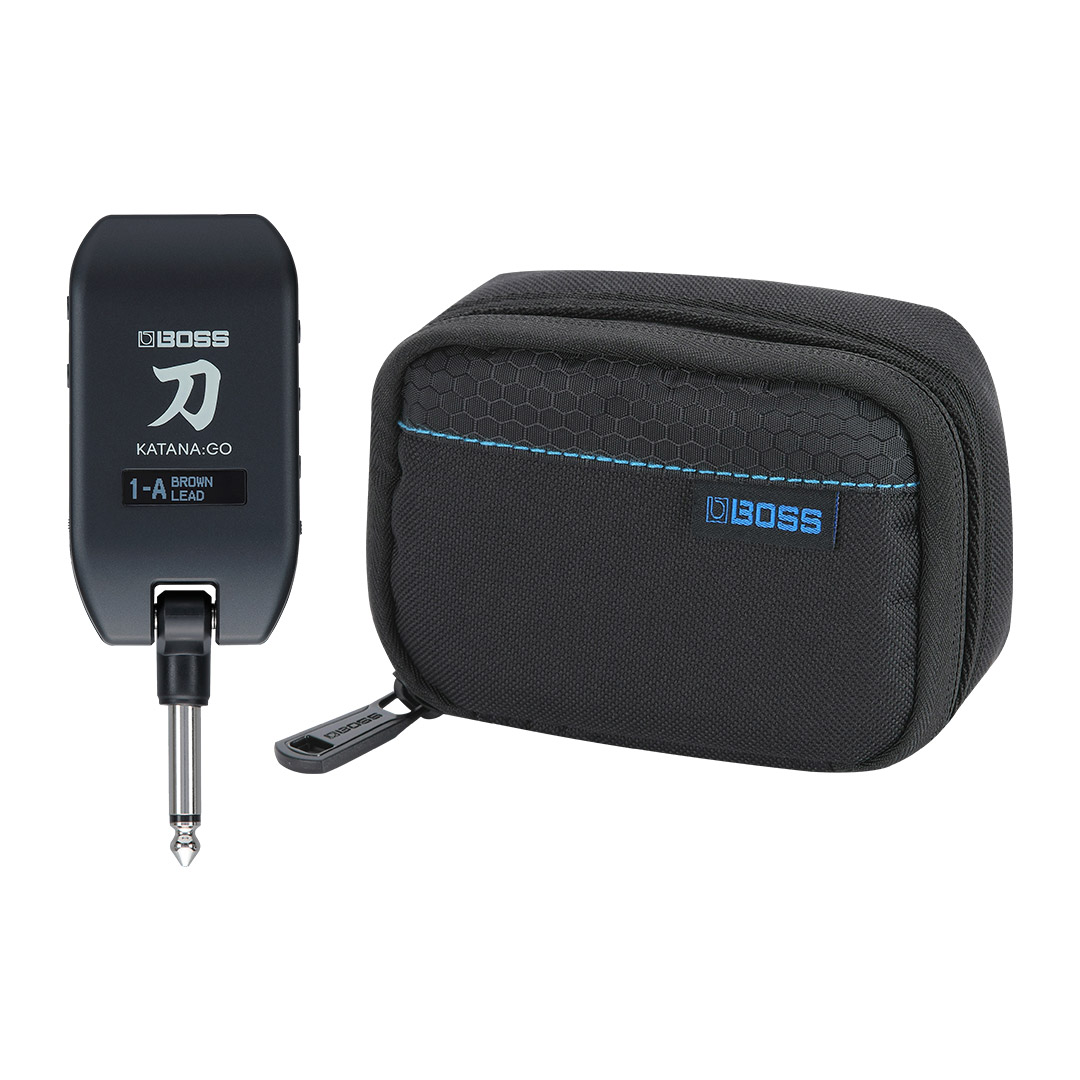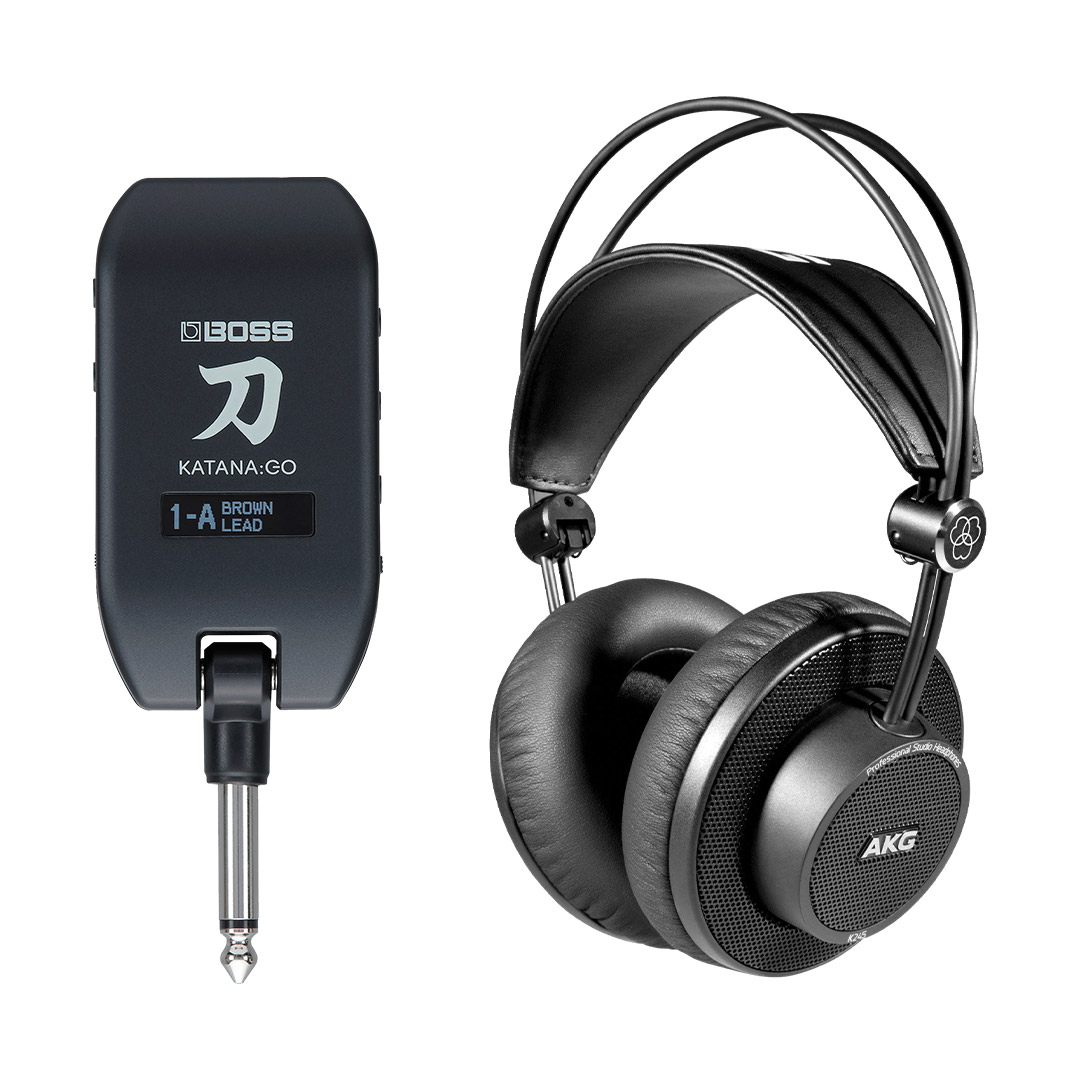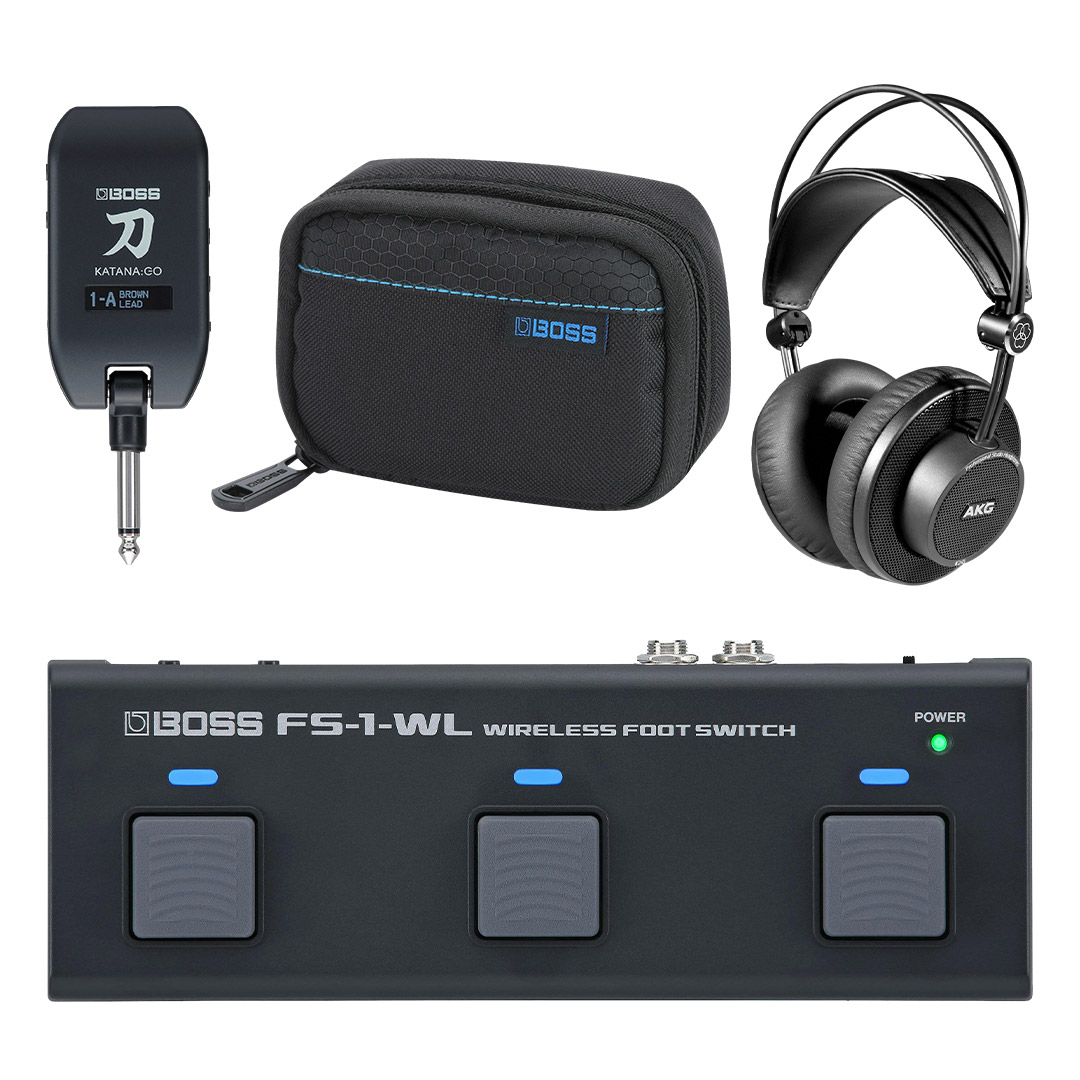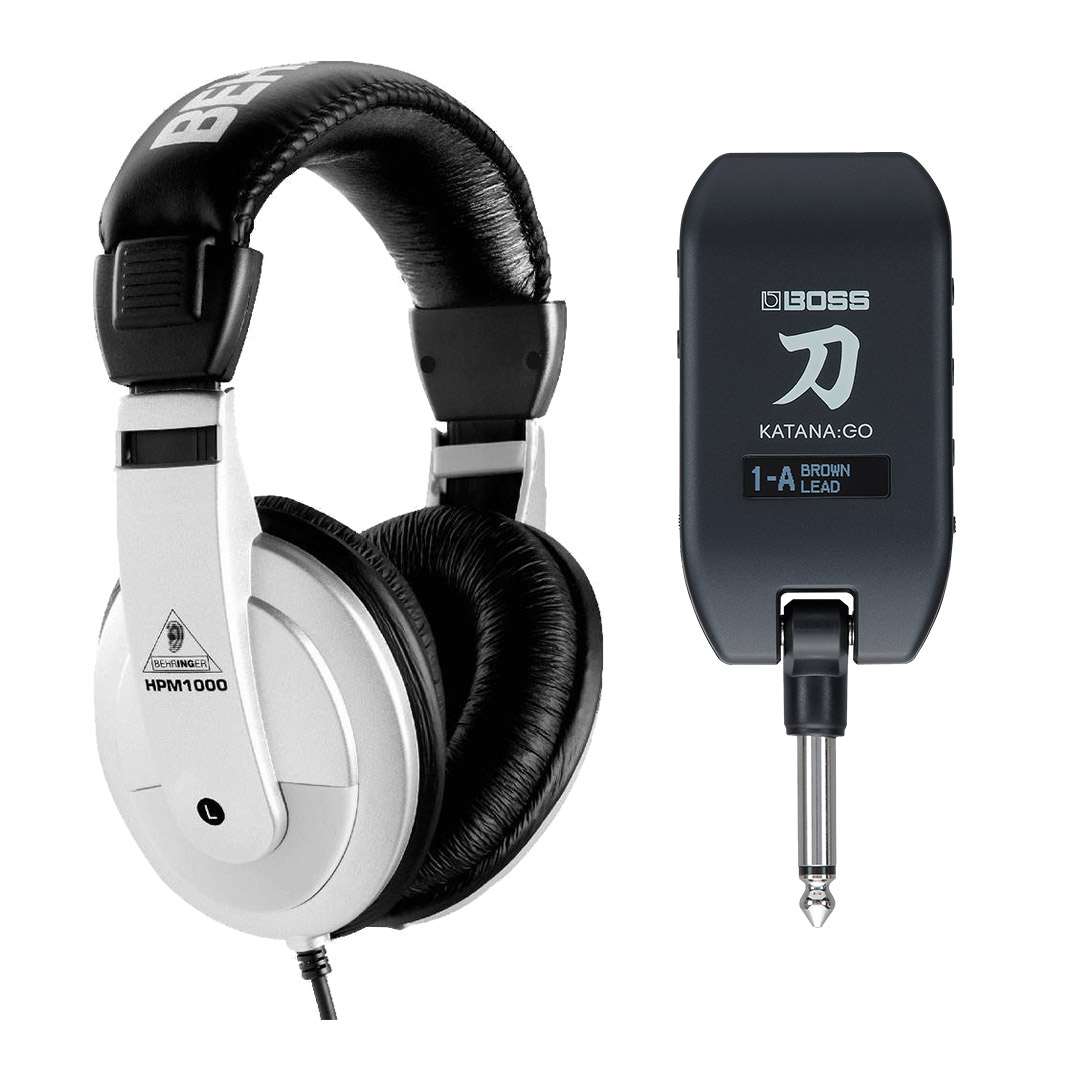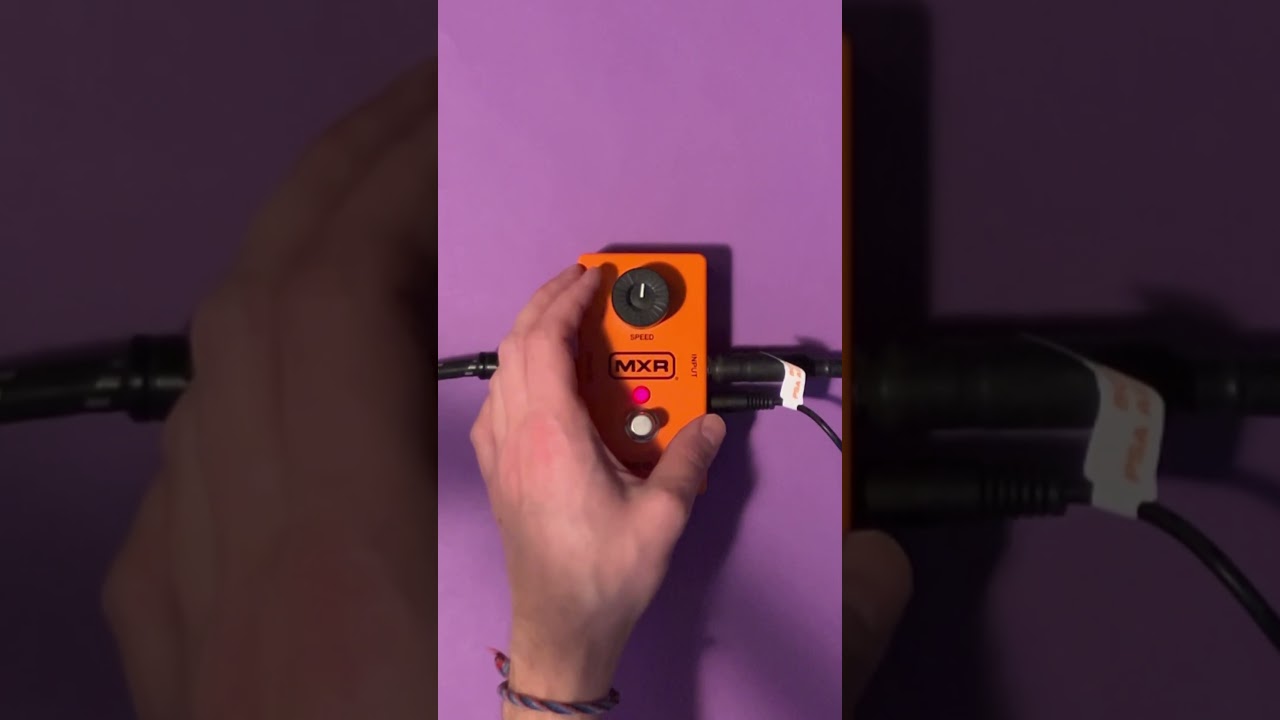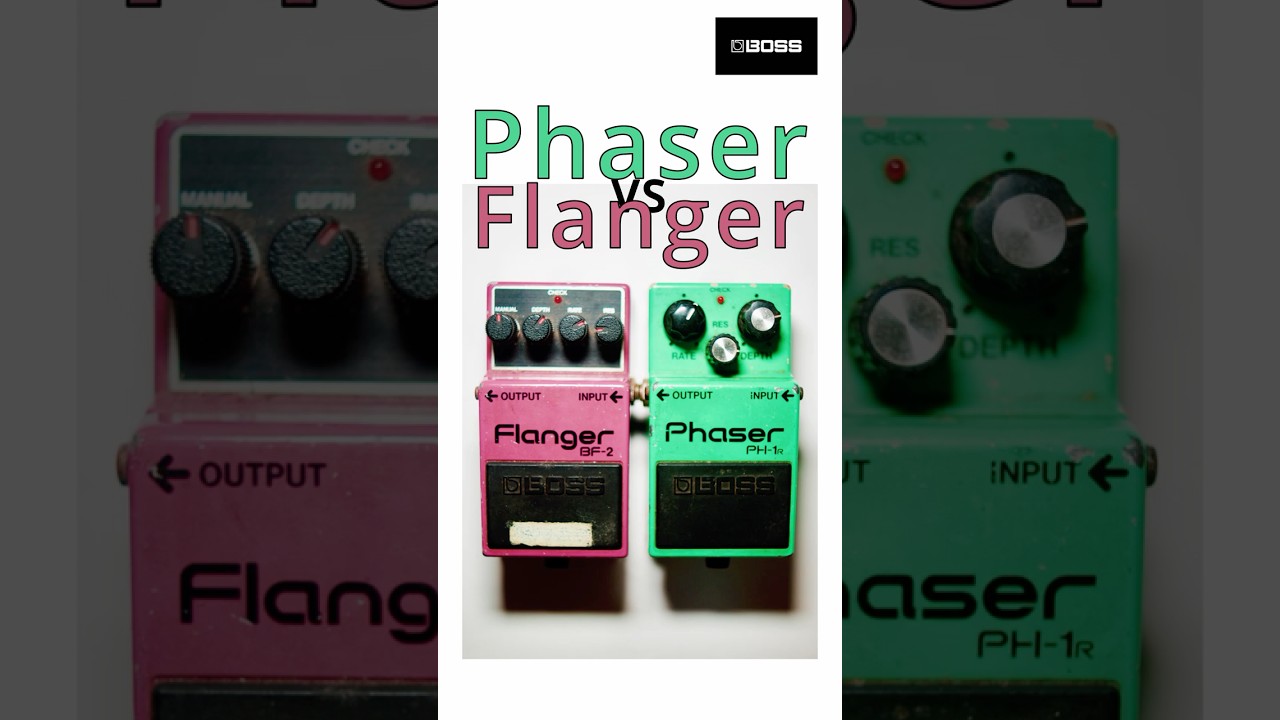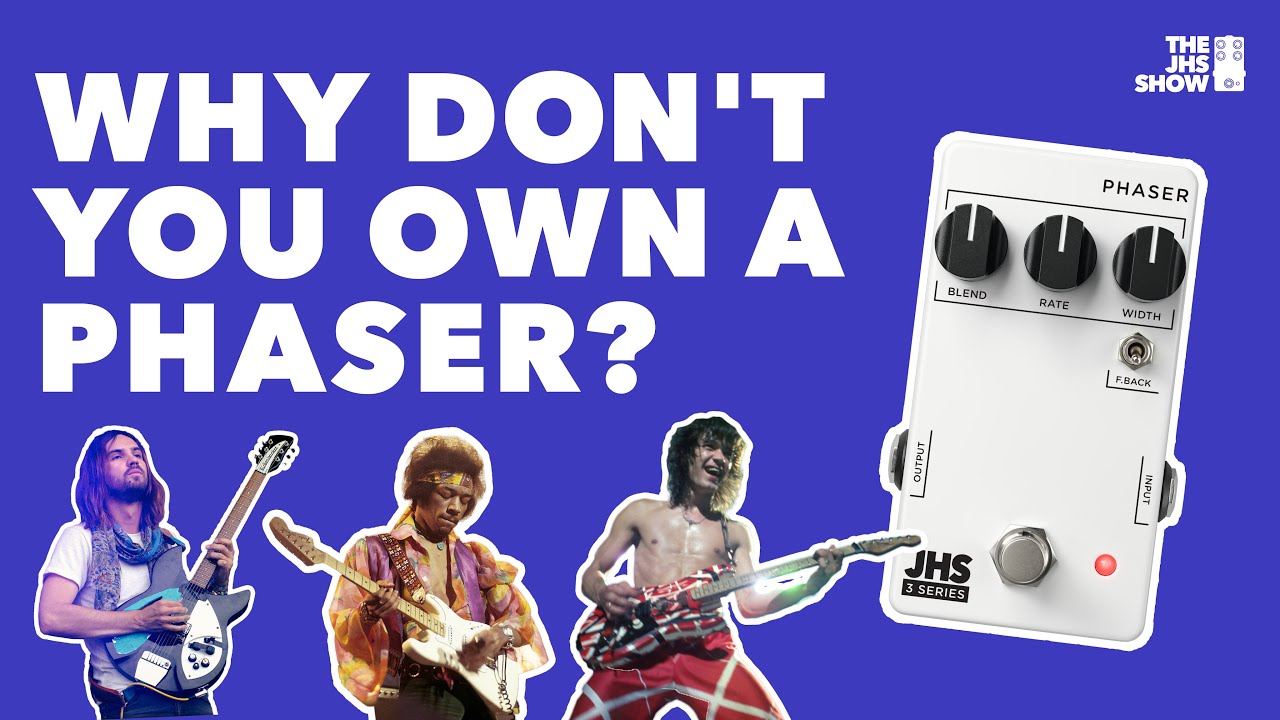Description
The Second Hand Boss Waza Craft DM-2W Analog Delay Pedal 166 is currently retailing at £99 and it is in stock. Available to be delivered to you by post direct (some charge may apply).The team at Just Pedals think that Boss nailed it with the Second Hand Boss Waza Craft DM-2W Analog Delay Pedal 166. Second Hand Boss Waza Craft DM-2W Analog Delay Pedal 166

